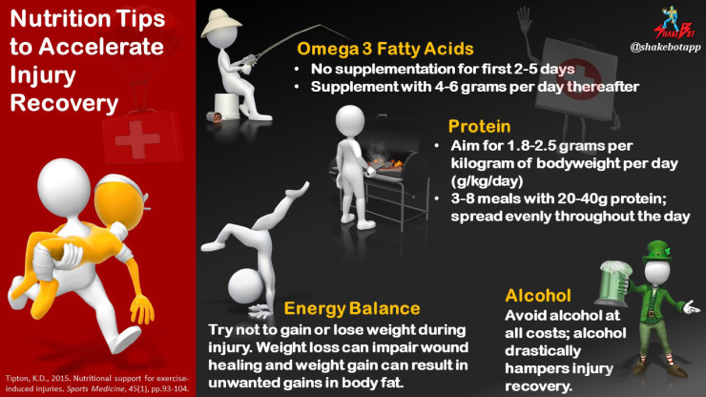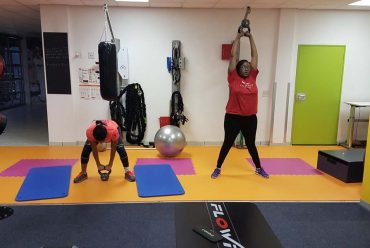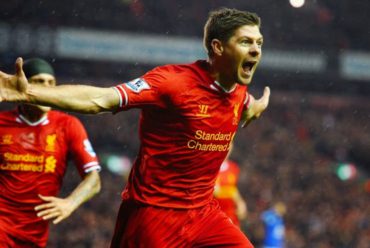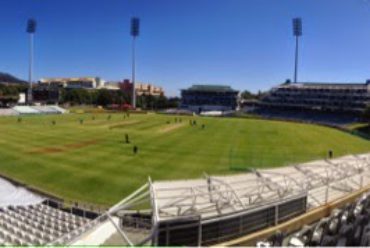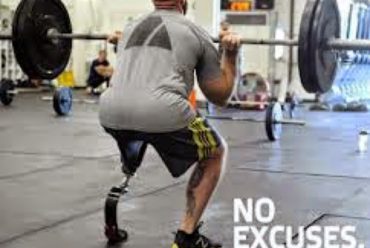Optimum healing of musculoskeletal injuries
Craig Vardi, Wanderers Sports Medical Centre Dietitian explains the role of diet in healing of musculoskeletal injuries.
During training and competing, through exertion and other factors, a sportsman/woman can pick up muscular injuries which necessitate a layoff period from our training.
Many people inherently think that because they are not training/competing, diet is not that important, and that consumption of additional junk food and alcohol will have no detrimental effect on them while injured.
What research is showing is that when injured or recovering from an injury, one’s diet is of the utmost importance in order to recover from our injuries, and importantly, recover as quickly as possible.
The accompanying diagram (credit to Adam Virgile) illustrates 4 dietary parameters that need to be considered when recovering from a musculoskeletal injury.
The total amount of energytaken in is an important factor to ensure wound healing is optimal and that additional muscle is not lost, or even that weight is not gained. Injuries can increase our energy requirements, but at the same time, inactivity decreases our energy expenditure. A fine balance of energy in versus energy out needs to be maintained in order to recover optimally. A Dietitian can calculate and ensure delivery of the right amount of energy, but at the very least and injured athlete should be weighing him/herself to ensure weight ideally is not gained or lost to a large degree.
Omega-3 fatty acidscan play an integral role in reducing inflammation and promoting recovery from a muscular injury. However, the initial few days after injury, inflammation is desired in order to start the healing process. That is the reason we don’t increase Omega-3 intake during the initial 2-5 days, and increase it substantially thereafter. Ideally fatty fish can be increased, delivering Omega-3 fatty acids, as well as quality protein and calcium. However, if that is not achievable, then supplementation of Omega-3 fatty acids can be used.
When a person takes time off from sport/exercise to recover from an injury, muscle use is reduced, and this leads to a loss of muscle protein. Without adequate protein, or building blocks, not only will healing be slowed down, but inflammation will be increased. The diagram gives key points to consider for protein intake, but ideally quality protein needs to be taken in through diet and/or supplementation. Most athletes who train 4 or more times per week should be aiming for about 2g protein per kilogram of bodyweight anyway, especially with high intensity or duration training, so that gives you a bit of an idea of the protein requirements involved when injured.
When someone isn’t training due to an injury, the temptation to have a few alcoholic drinks here and there may be very tempting! However, not only can alcohol impair wound healing, but it can accelerate muscle protein losses. Therefore, a good principle to adhere to is that we avoid alcohol when injured!
Taking the above 4 main points into account, together with a healthy, balanced diet that promotes variety, will ensure that we recover from a musculoskeletal injury as quickly and effectively as possible.
Reference:https://blog.shakebot.co/2017/10/12/injury-nutrition/




